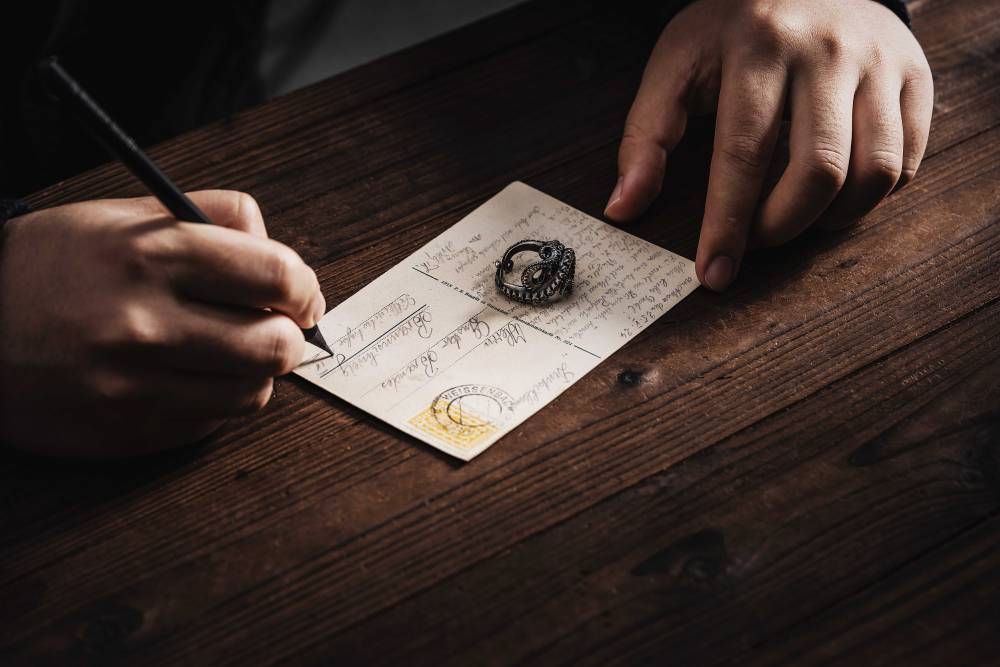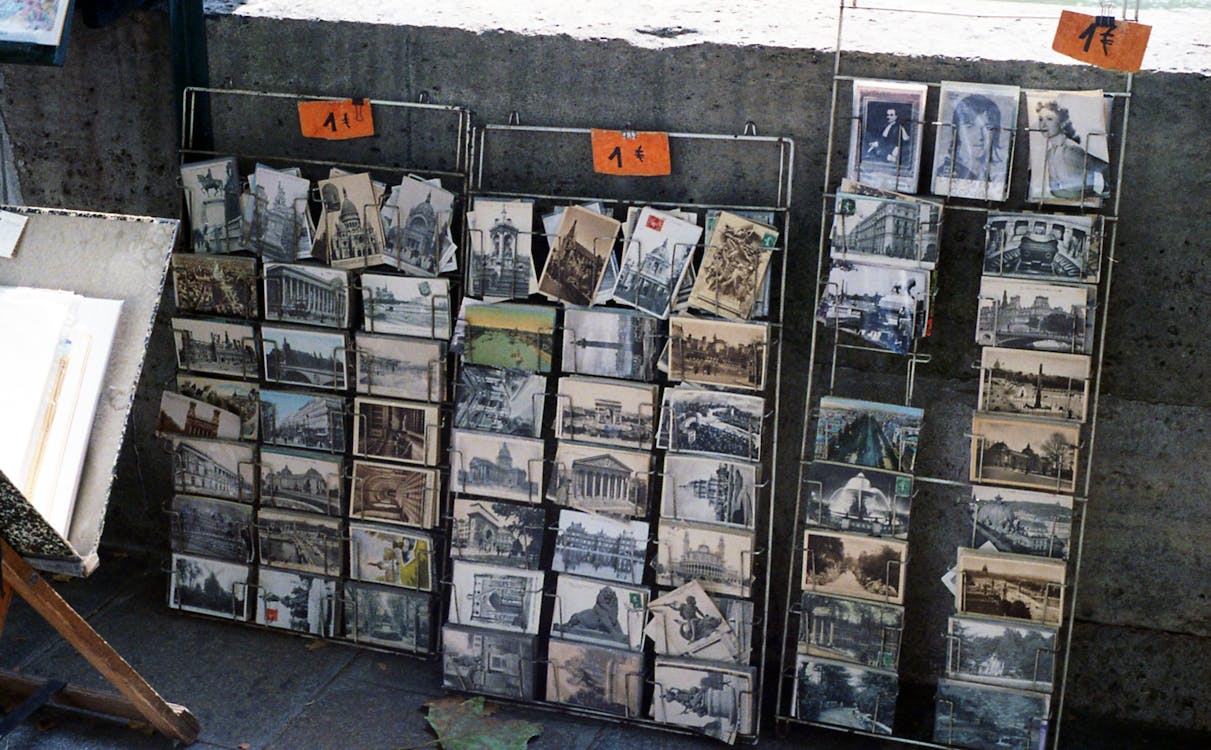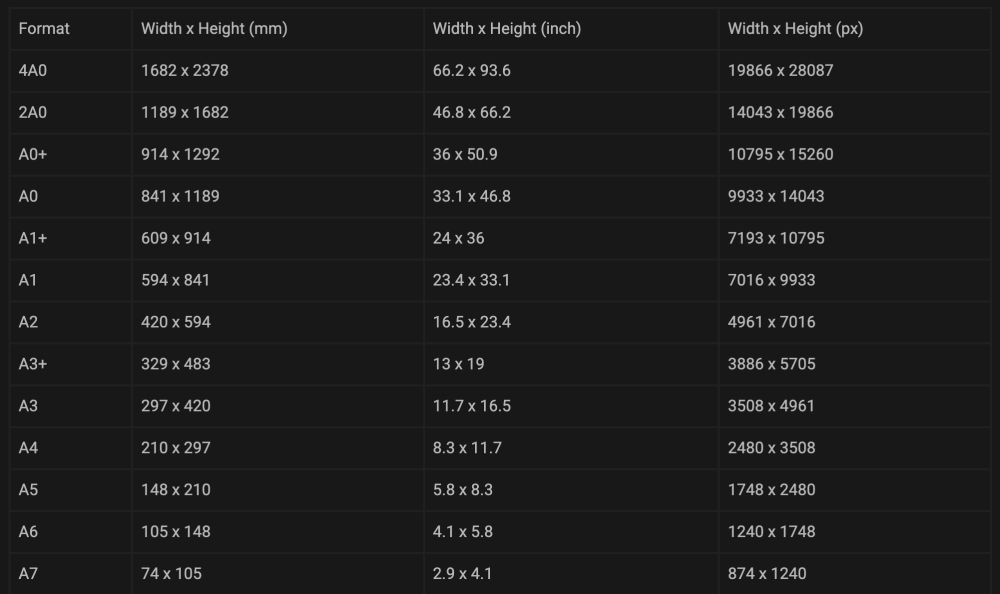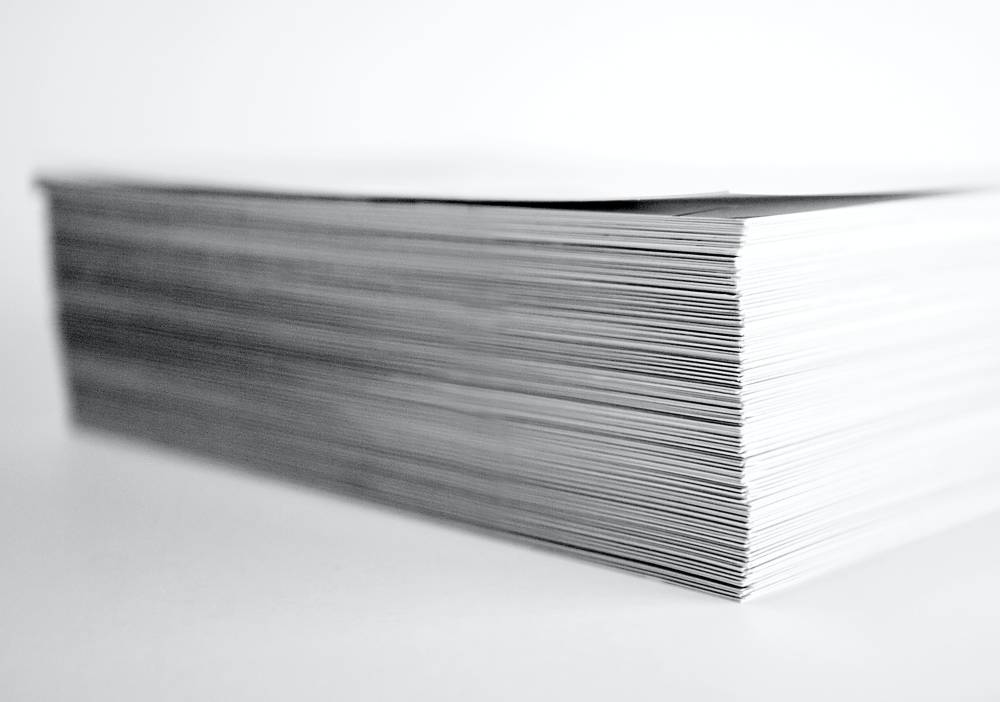In today's digital age, where communication is predominantly done online, sending a physical postcard can bring a sense of nostalgia and personal touch. Whether it's for personal or business use, understanding the different postcard sizes available is essential. In this comprehensive guide, we will explore the various postcard sizes in inches, including the standard postcard size, postcard dimensions, and printer paper size in pixels. So, let's dive in and explore the world of postcard sizes!
Understanding Postcard Sizes
Postcards come in a range of sizes, allowing for versatility in design and functionality. The most common postcard sizes are determined by international standards such as the ISO 216 and the Universal Postal Union (UPU). Let's take a closer look at these standard postcard sizes.
A6 Postcard Size
One of the widely used postcard sizes is the A6 format. A6 postcards have dimensions of approximately 4.1 x 5.8 inches or 105 x 148 mm. These compact postcards offer a convenient size for personal messages, invitations, or promotional materials. The A6 size is often considered the ideal size for printing photographs, creating notepads, and designing postcards.
Standard Postcard Size
The standard postcard size, as defined by the UPU, falls within a specific range of dimensions. According to the UPU guidelines, the maximum size for a postcard is 9.25 x 4.72 inches or 235 x 120 mm, while the minimum size is 5.51 x 3.54 inches or 140 x 90 mm. These dimensions ensure that postcards are sturdy enough to withstand postal processing while allowing enough space for the sender's message and address.
Postcard Dimensions and Proportions
Understanding the proportions of postcards is crucial for designing visually appealing and well-balanced compositions. The A-series paper sizes, including the A6 format, follow a consistent aspect ratio known as the √2 ratio. This ratio ensures that each size in the A-series maintains the same proportions between its width and length.
For example, the width of an A6 postcard is equal to the length of an A7 postcard, while the length of an A6 postcard is equal to the width of an A5 postcard. This correlation between sizes allows for easy scaling and resizing when working with different postcard dimensions.

Printer Paper Size in Pixels
When designing postcards for digital use or online printing services, it's essential to consider the printer paper size in pixels. The pixel dimensions determine the resolution and quality of the printed postcard. Here are the most common pixel dimensions for A6 postcards:
- For a resolution of 300 dots per inch (dpi), the pixel dimensions for an A6 postcard would be approximately 1241 x 1754 pixels.
- For a resolution of 200 dpi, the pixel dimensions would be around 828 x 1169 pixels.
- For a lower resolution of 72 dpi, the pixel dimensions would be approximately 298 x 421 pixels.
These pixel dimensions ensure that your digital designs are optimized for printing and display on various devices.
Uses of Postcard Sizes
The versatility of postcard sizes allows for a wide range of applications. Let's explore some common uses for different postcard sizes:
A6 Postcard Size Uses
A6 postcards are popular for personal and business purposes. Here are some common uses for A6 postcards:
- Photography: A6 postcards are an excellent choice for printing photographs, whether as personal keepsakes or professional portfolios.
- Notepads: The compact size of A6 postcards makes them ideal for creating mini notepads for jotting down quick notes or reminders.
- Postcards and Greetings: A6 postcards serve as the perfect canvas for sending personalized messages, holiday greetings, or invitations.
- Promotional Materials: A6 postcards are commonly used for promotional purposes, such as advertising special offers, events, or new product launches.
Standard Postcard Size Uses
The standard postcard size offers more space for creative designs and informative content. Here are some common uses for standard-sized postcards:
- Direct Mail Marketing: Standard postcards are often used for direct mail campaigns, allowing businesses to reach a wide audience with targeted messages and offers.
- Event Invitations: The larger size of standard postcards allows for more detailed event invitations, including RSVP information, event schedules, and additional branding elements.
- Tourism and Travel: Standard postcards are widely used in the tourism industry to showcase popular destinations, landmarks, and cultural highlights.
- Art and Design: Artists and designers often utilize standard postcards to showcase their artwork or design concepts, serving as portable portfolios or promotional materials.
Designing Postcards for Impact
Creating visually appealing postcards requires careful consideration of design elements and composition. Here are some tips to make your postcards stand out:
Eye-Catching Imagery
Choose high-quality images that align with your message and evoke emotions. Whether it's a stunning landscape, a mouth-watering dish, or a captivating portrait, the imagery should captivate the recipient's attention.
Engaging Colors and Typography
Select colors that reflect your brand or convey the desired mood. Combine complementary colors and experiment with typography to create visually engaging and legible text.
Clear and Concise Messaging
Keep your message concise and impactful. Use clear and easy-to-read fonts to ensure that your message is easily understood at first glance.
Branding and Call-to-Action
Incorporate your logo, brand colors, and contact information to reinforce brand identity. Include a clear call-to-action to encourage recipients to take the desired next step, whether it's visiting a website, making a purchase, or attending an event.
Choosing the Right Postcard Size
Choosing the right postcard size depends on the specific needs of your project. Consider the amount of content you want to include, the visual impact you wish to create, and the printing and mailing requirements.
The typical postcard size in inches is 4 inches by 6 inches. This size allows for easy handling and mailing, as it fits within the standard requirements of most postal services. Postcards of this size provide enough space for a brief message on one side, while leaving the other side for the recipient's address and a postage stamp. The compact yet versatile dimensions of postcards make them a popular choice for personal correspondence, as well as for marketing and promotional purposes.
Conclusion
Postcards offer a unique and tangible way to connect with others in an increasingly digital world. Understanding the different postcard sizes, such as A6 and the standard size, allows you to create personalized messages, share your artwork, promote your business, or simply send a heartfelt greeting. By considering the dimensions, proportions, and pixel sizes, you can design postcards that leave a lasting impression. So, unleash your creativity and start sharing your stories through the timeless charm of postcards!
Additional Information:
To further enhance your postcard designs, consider exploring different finishes and printing techniques. Options such as spot gloss, gold foil, and silver foil can add a touch of elegance and sophistication to your postcards. Additionally, experimenting with different paper weights and textures can create a unique tactile experience for recipients.

References:
A6 Paper Size Guide.
The ultimate guide to Postcard sizes and dimensions




